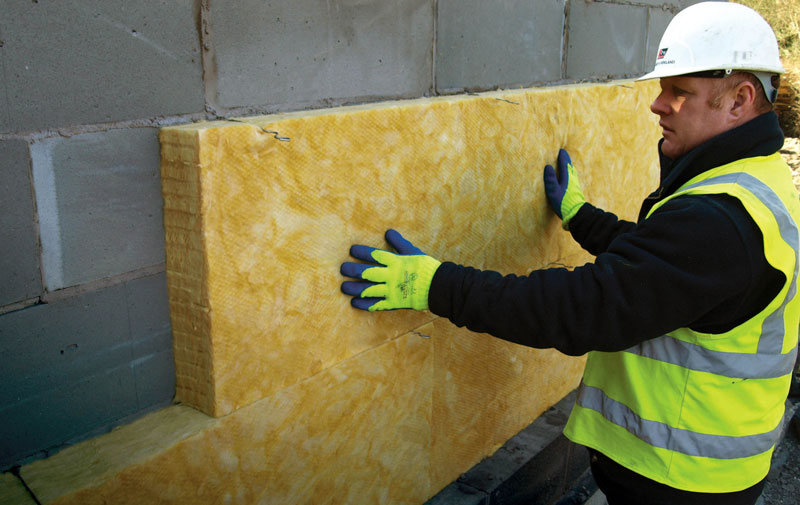As the world population continues to grow, so does the demand for infrastructure and housing. Cement, a key component in construction, has been widely used for its strength and durability. However, the production of cement is a major contributor to greenhouse gas emissions, making it a significant contributor to climate change. In this article, we will explore sustainable alternatives that are better than cement.
- Bamboo
Bamboo is a fast-growing, renewable resource that has been used in construction for centuries. It is lightweight, strong, and flexible, making it an ideal material for building structures. Bamboo is also a carbon sink, meaning it absorbs more carbon dioxide than it emits, making it an eco-friendly alternative to cement.
- Hempcrete
Hempcrete is a mixture of hemp fibers, lime, and water that can be used as a building material. It is lightweight, breathable, and has excellent insulation properties. Hempcrete is also a carbon-negative material, meaning it absorbs more carbon dioxide than it emits, making it a sustainable alternative to cement.
- Rammed Earth
Rammed earth is a technique that involves compressing layers of soil, sand, and gravel into a solid wall. It is a low-cost, low-energy alternative to cement that has been used for centuries. Rammed earth walls are durable, fire-resistant, and have excellent thermal properties.
- Recycled Plastic
Recycled plastic can be used as a building material by melting it down and molding it into blocks or panels. It is a lightweight, durable, and low-cost alternative to cement. Recycled plastic also helps to reduce plastic waste, making it an eco-friendly option.
- Mycelium
Mycelium is the root structure of mushrooms and can be used as a building material. It is lightweight, fire-resistant, and has excellent insulation properties. Mycelium can be grown in molds to create custom shapes and sizes, making it a versatile alternative to cement.
In conclusion, there are several sustainable alternatives that are better than cement. Bamboo, hempcrete, rammed earth, recycled plastic, and mycelium are all eco-friendly options that offer strength, durability, and insulation properties. By using these materials, we can reduce our carbon footprint and build a more sustainable future.


